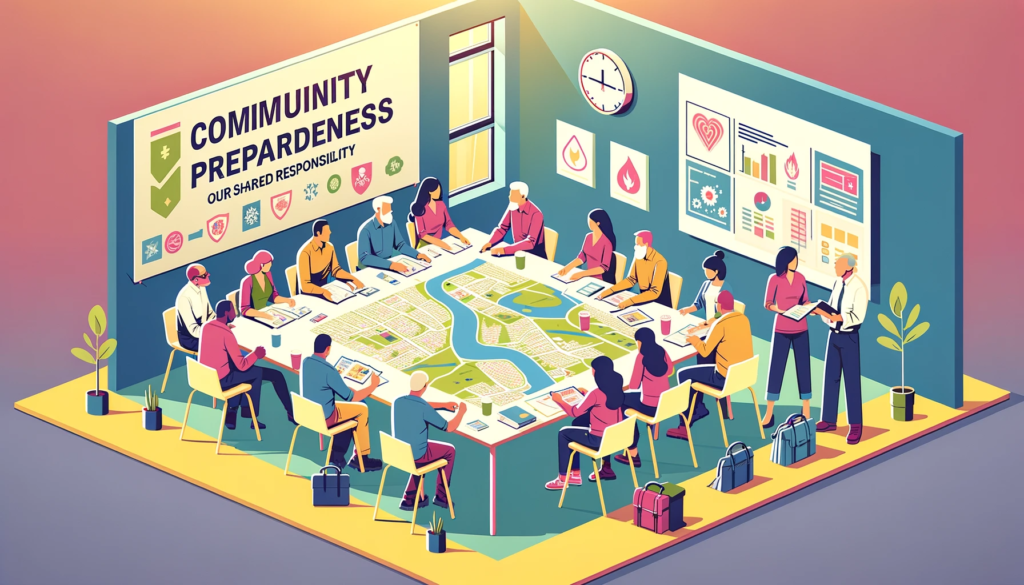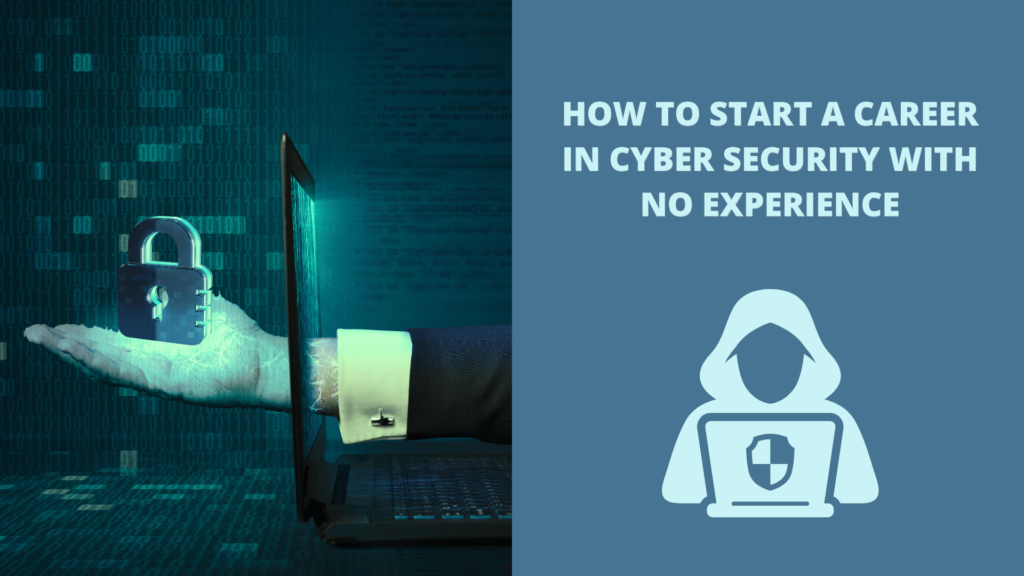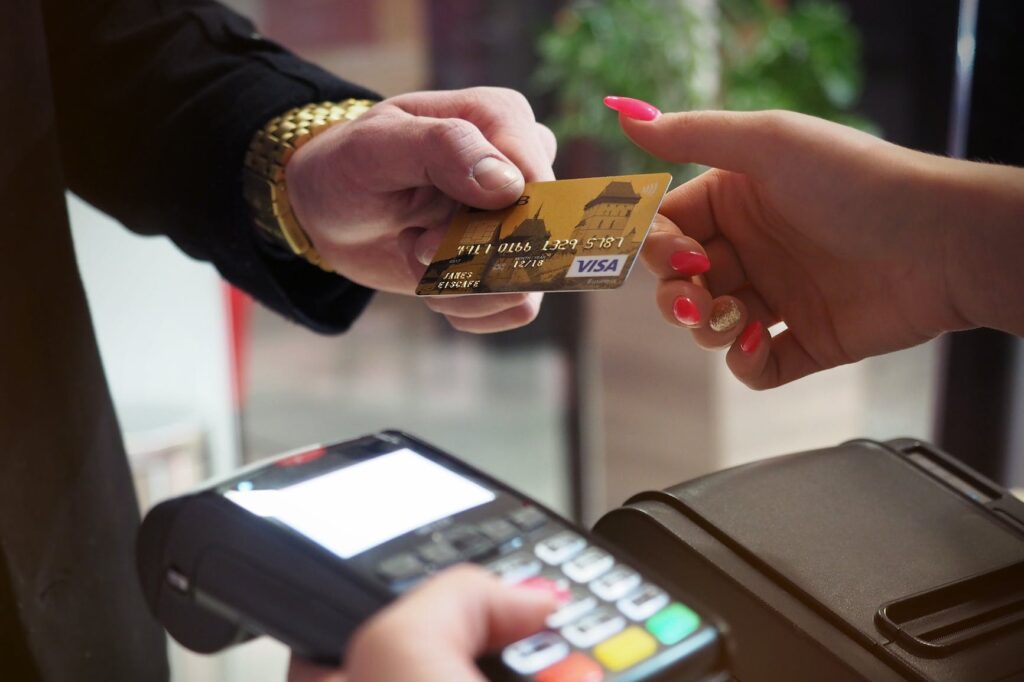The importance of readiness for unforeseen events cannot be overstated in a world marked by rapid change and uncertainty. Natural disasters, pandemics, technological failures, and other emergencies can strike without warning, leaving individuals and societies vulnerable. During these moments of crisis, the potency of community engagement in preparedness efforts becomes evident.
Contents
- 1 The Power of Community Engagement in Enhancing Disaster Readiness
- 1.1 1. Shared Knowledge: Empowering Informed Action During Crisis
- 1.2 2. Strengthening Social Cohesion: A Pillar of Resilience
- 1.3 3. Leveraging Localized Resources for Swift Response
- 1.4 4. Inclusivity and Vulnerable Populations: Compassion in Action
- 1.5 5. A Collaborative Future: Fostering Resilience Through Unity
- 2 Forging Resilience Through Unity: Conclusion
The Power of Community Engagement in Enhancing Disaster Readiness
At their core, communities consist of individuals who share physical space, experiences, values, and resources. Utilizing this communal strength is pivotal in enhancing disaster readiness. Community involvement in preparedness efforts fosters collective resilience beyond individual capabilities. This synergy of knowledge, skills, and resources creates a potent force against adversity.

Envision a community where every member is well-versed in potential hazards and understands the necessary steps to take when disaster strikes. This is the outcome that community engagement in preparedness initiatives aims to achieve. Through effective communication channels, widespread information dissemination, and interactive training sessions, communities can equip their members with the knowledge essential for prompt responses. From deciphering evacuation routes during floods to mastering first aid techniques, the distribution of expertise transforms fear into proactive, decisive action.
2. Strengthening Social Cohesion: A Pillar of Resilience
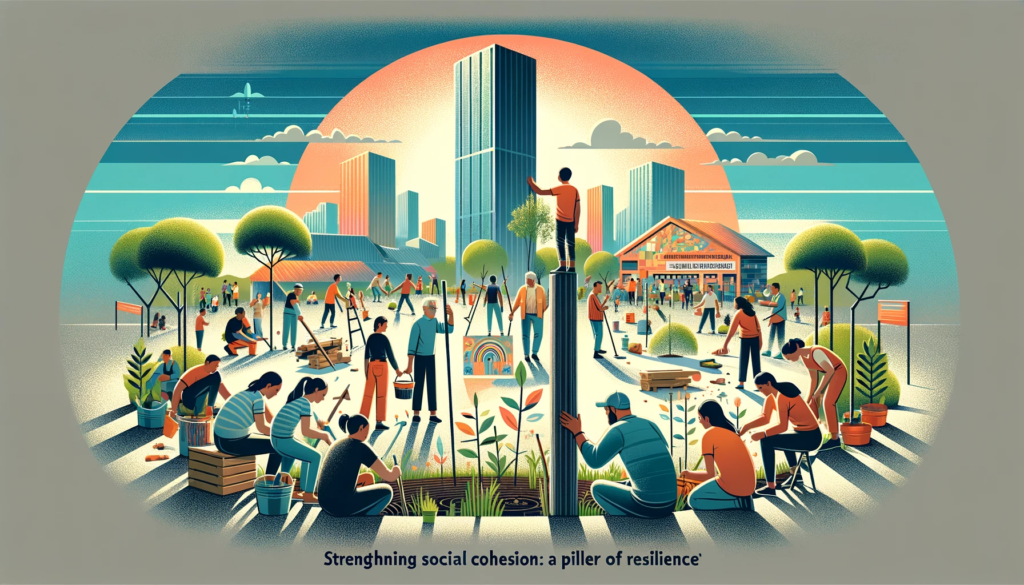
In times of crisis, the social fabric can fray or solidify. Community engagement bolsters the bonds that underpin society. When neighbors collaborate on disaster drills, strategize for emergencies, and support vulnerable members, a sense of belonging and mutual reliance flourishes. This social cohesion streamlines cooperation during emergencies and nurtures mental and emotional well-being. The assurance that readily available assistance fosters a sense of security is invaluable during tumultuous periods.
3. Leveraging Localized Resources for Swift Response

Communities possess a treasure trove of localized resources that can significantly expedite response efforts. Engaging local businesses, organizations, and volunteers establishes a network of support poised to extend immediate aid. From providing shelter to dispensing essential supplies, community members’ familiarity with their surroundings enables swifter action. This agility can often be the dividing line between managing a crisis and succumbing to its chaos.
4. Inclusivity and Vulnerable Populations: Compassion in Action
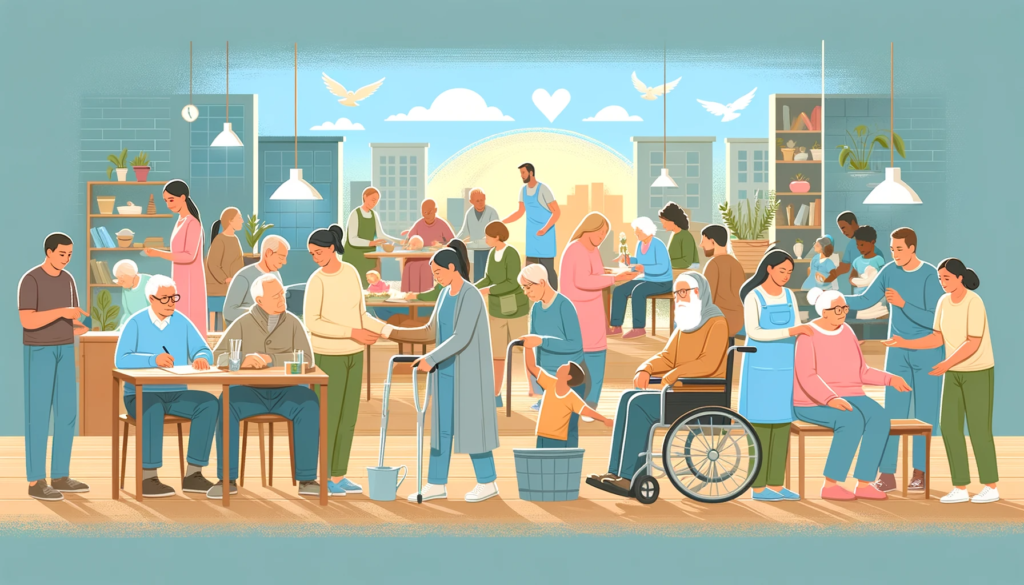
One of the paramount merits of community engagement in preparedness is its emphasis on inclusivity. A community-centered approach ensures that vulnerable populations, such as the elderly, differently-abled individuals, or marginalized groups, are not marginalized during disaster planning. Tailoring strategies with these segments in mind results in more comprehensive emergency plans that cater to all needs. This inclusivity exemplifies the compassion and empathy fostered by solid community ties.
5. A Collaborative Future: Fostering Resilience Through Unity

At the heart of community engagement in preparedness efforts is collective action. The idea that societies can build a more resilient future by pooling their knowledge, resources, and social cohesion is more important now than ever. Communities can ensure they flourish even in adversity by involving every member, regardless of age, background, or profession. The power of shared experience, diversity of perspectives, and depth of relationships make communities uniquely positioned to tackle future challenges. In doing so, they can build a brighter tomorrow, one that is grounded in compassion, collaboration, and collective responsibility. Let us all come together and work towards building a better world for ourselves and future generations.
Forging Resilience Through Unity: Conclusion
In conclusion, the role of communities in disaster preparedness is pivotal. Their active involvement transforms passive bystanders into empowered participants capable of confronting uncertainty with bravery and preparedness. Community engagement not only empowers individuals but also bolsters the societal fabric. In a world of uncertainties, the unity nurtured through preparedness shines as a beacon of hope, guiding us through the darkest hours.

